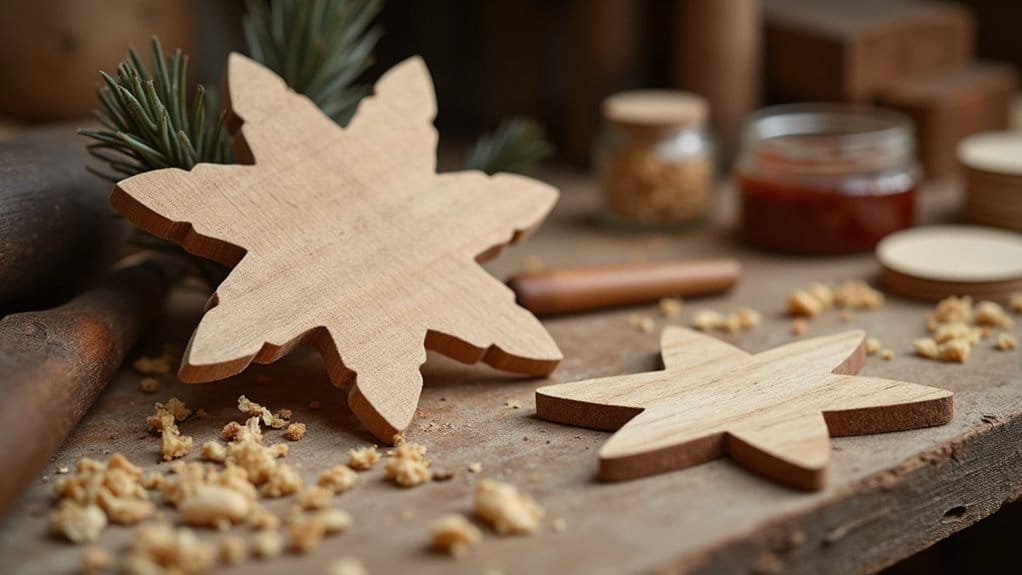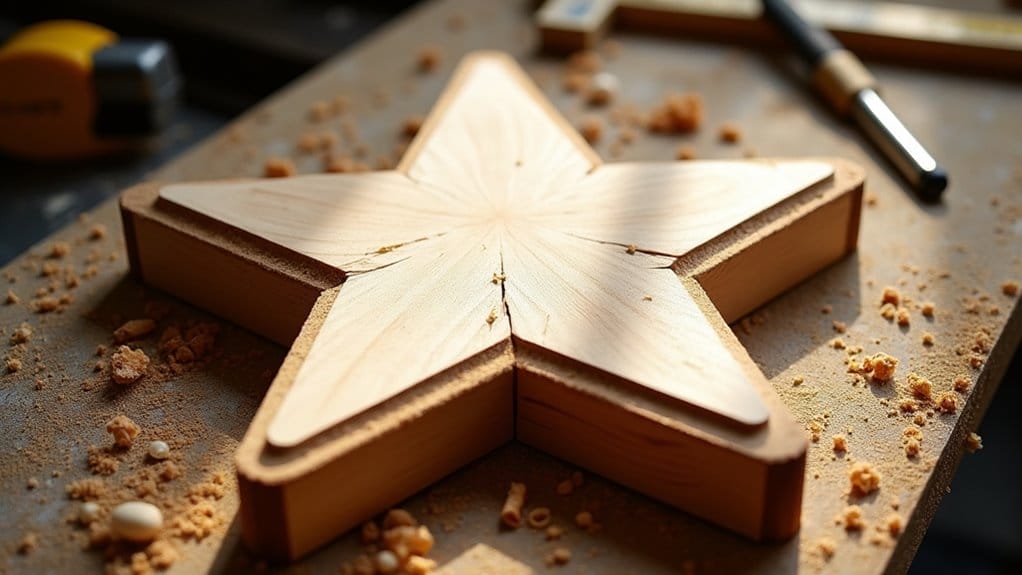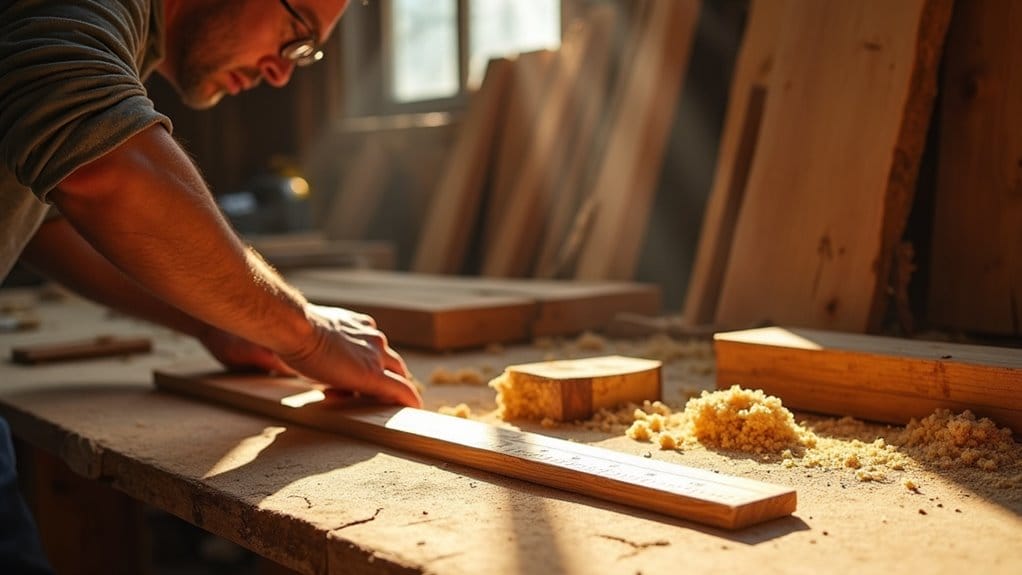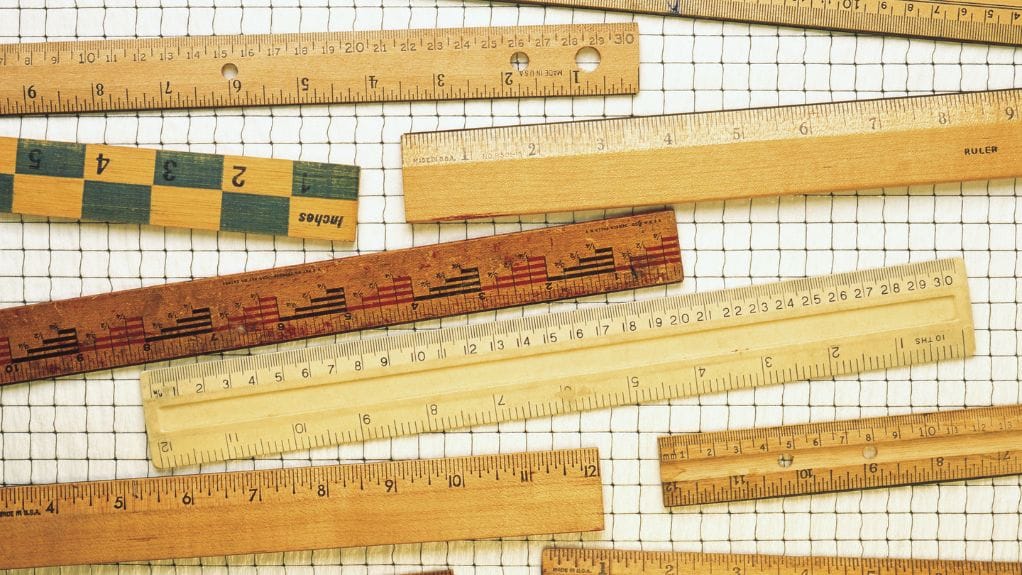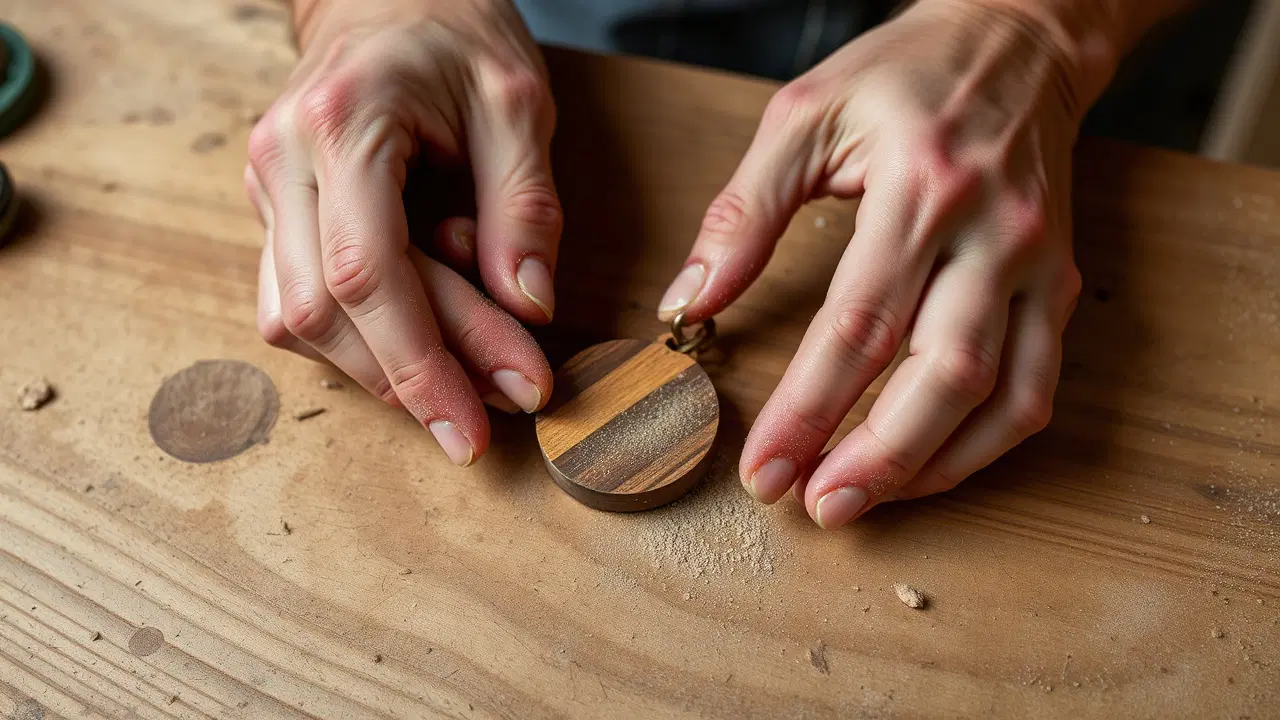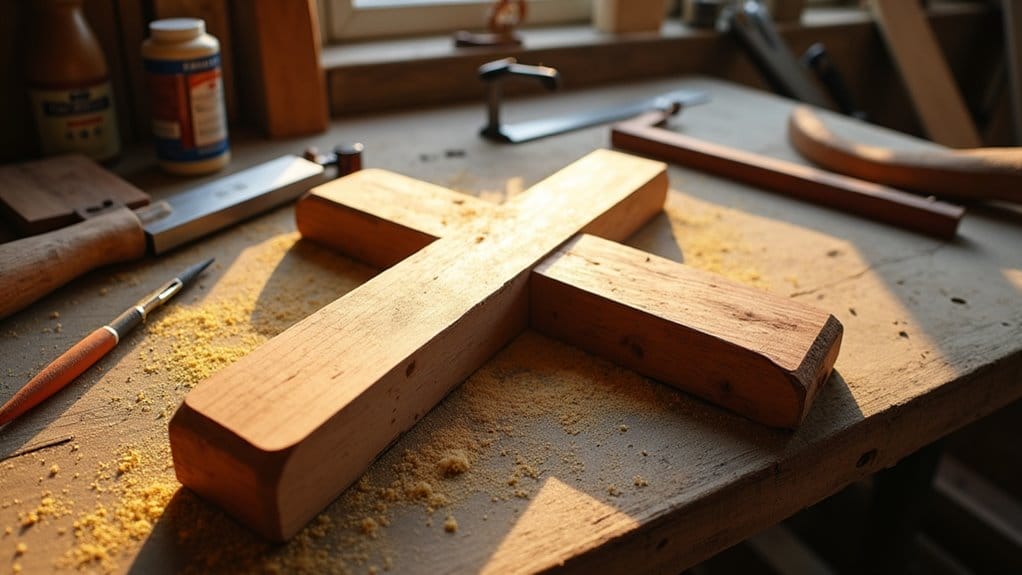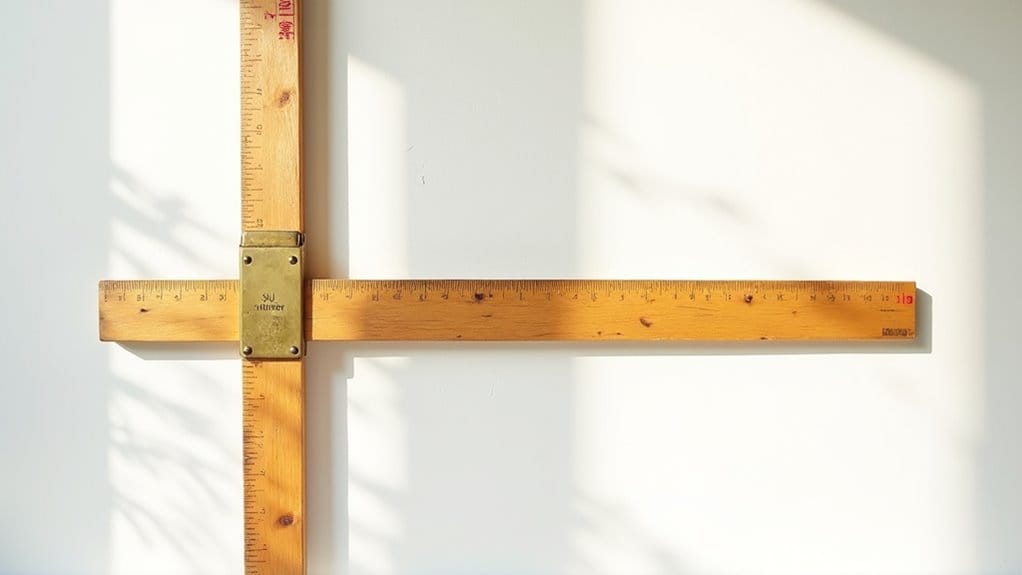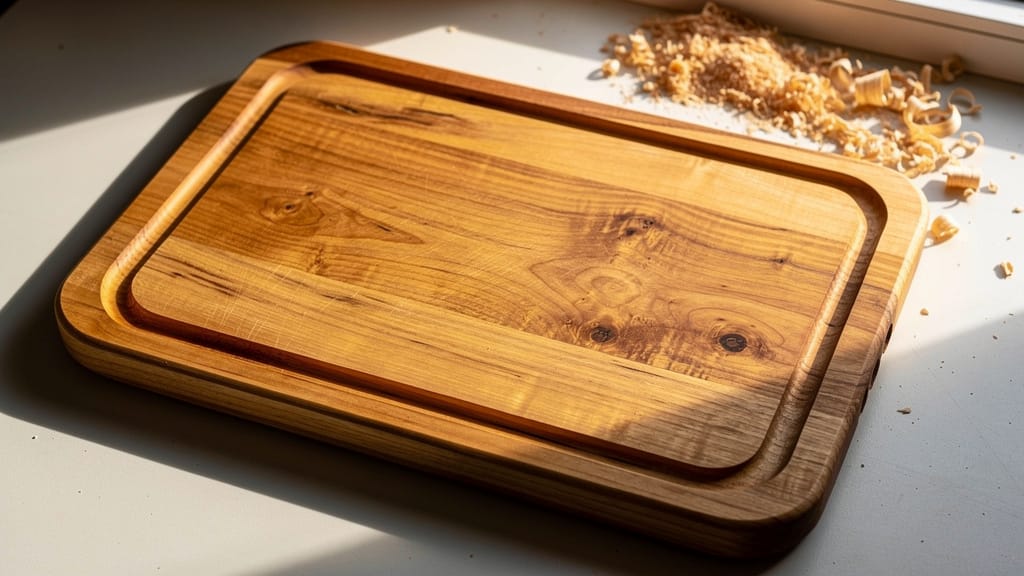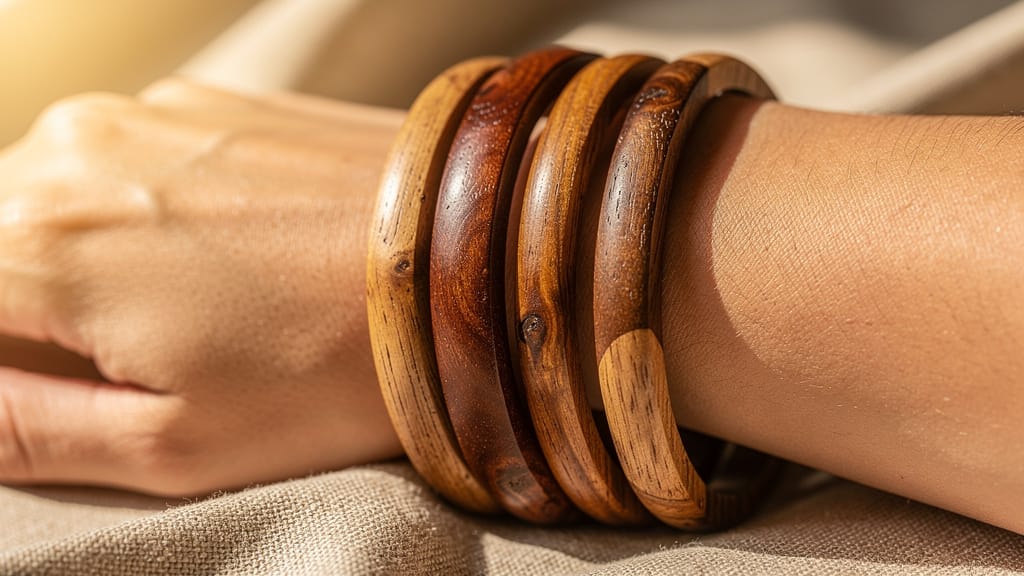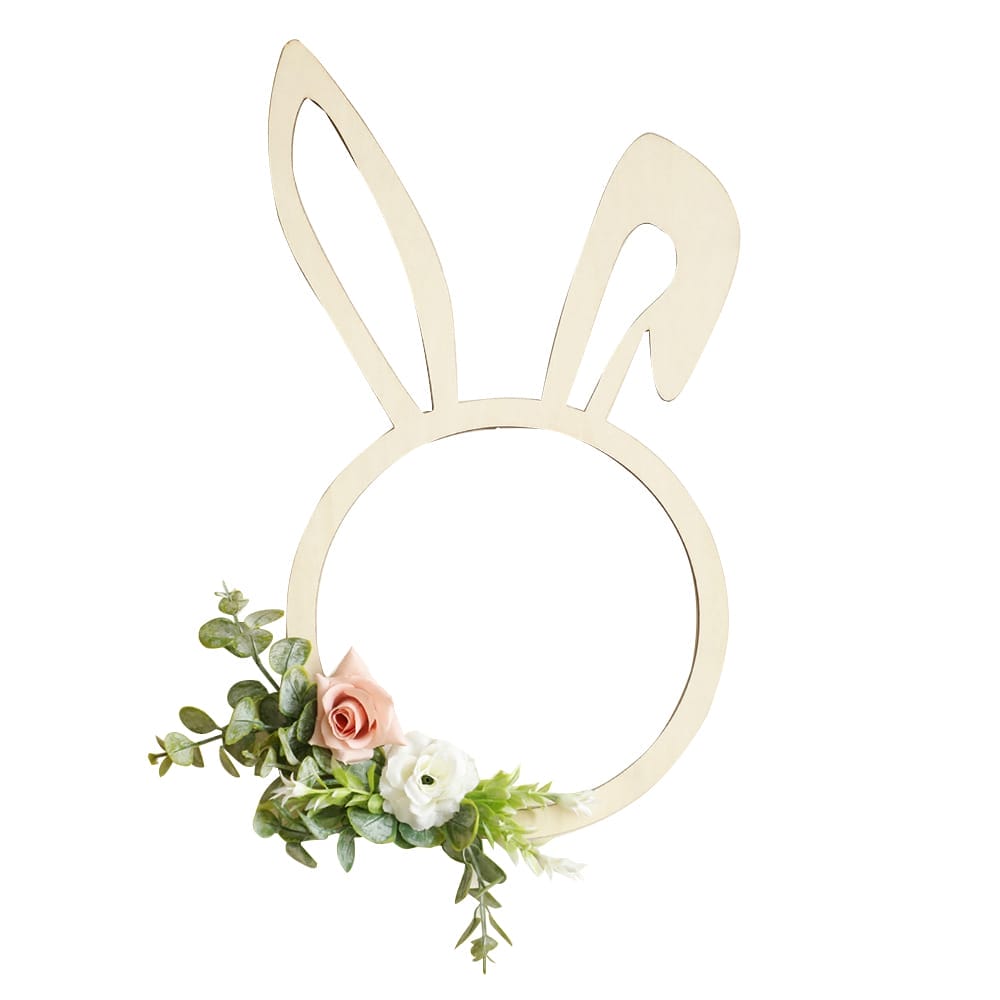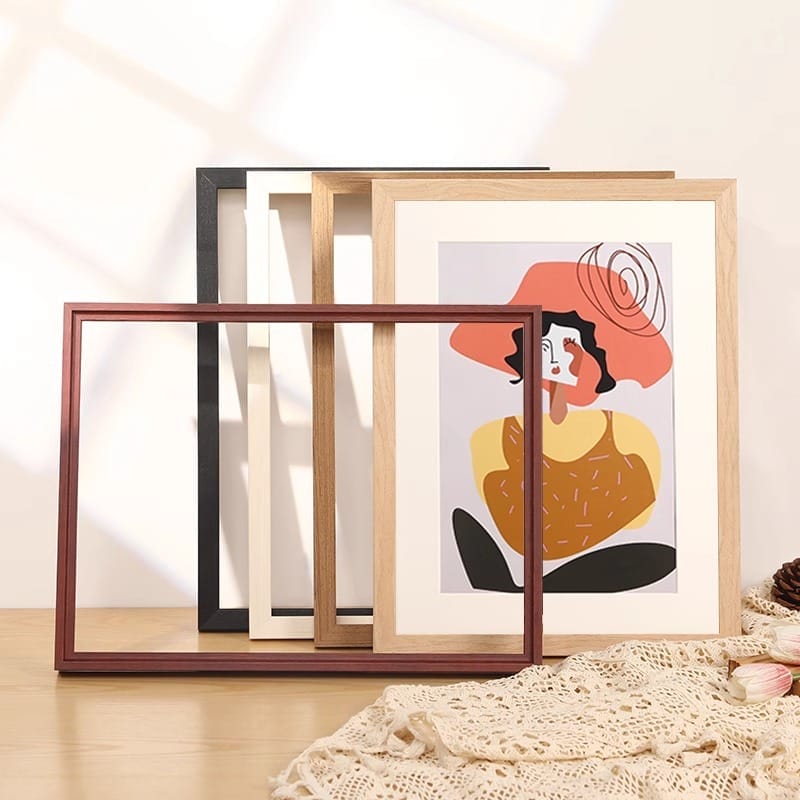If you’ve discovered mold on your wooden cutting board, you’re facing a common but serious kitchen dilemma. The porous nature of wood makes it particularly susceptible to mold growth, especially when moisture gets trapped in its fibers. While your first instinct might be to toss the board, you can actually salvage it with the right cleaning techniques. Before you tackle this problem, it’s essential to understand why mold appears and what makes it so persistent in wooden surfaces.
Key Takeaways
- Scrub moldy areas with a mixture of lemon juice and salt, which naturally disinfects and removes surface mold growth.
- Apply a 1:4 vinegar-water solution directly to affected areas using a cloth and let sit for 10-15 minutes.
- Clean the board thoroughly with warm soapy water first to remove debris before applying any mold treatment.
- After mold removal, dry the board completely and condition with several layers of oil to prevent future growth.
- Keep your cutting board vertically in a well-ventilated area after cleaning to ensure proper drying and prevent recurrence.
What Causes Mold to Grow on Cutting Boards?

While wooden cutting boards are kitchen essentials, they’re particularly vulnerable to mold growth when exposed to certain conditions. The primary culprit is excess moisture, especially when boards aren’t thoroughly dried after washing.
If you’re storing your cutting board in a poorly ventilated area or leaving it damp, you’re creating an ideal environment for mold to thrive. Food particles left on the surface provide additional sustenance for mold, while inadequate cleaning practices accelerate the problem.
Additionally, if you’re not maintaining your board with regular oiling, the dried-out wood becomes more susceptible to moisture absorption and subsequent mold development.
Health Risks Associated with Mold from a Chopping Board
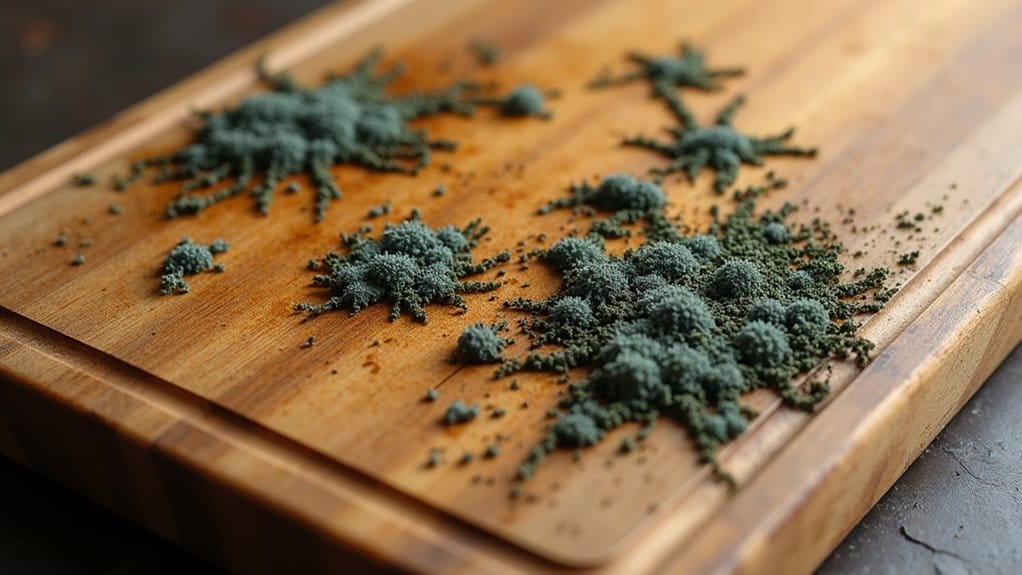
The presence of mold on your cutting board poses serious health concerns that extend beyond mere surface contamination.
When you’re exposed to mold from a cutting board, you’ll face multiple health risks, particularly if you have a compromised immune system or respiratory conditions. The mold can produce harmful mycotoxins that, when ingested, may lead to foodborne illnesses.
Additionally, moldy surfaces often harbor dangerous bacteria like Salmonella and E. coli, increasing your risk of food contamination.
The porous nature of affected wooden boards makes them more challenging to sanitize properly, creating a continuous cycle of potential exposure to harmful microorganisms.
How to Remove Mold from a Cutting Board

You’ll find that removing mold from your cutting board requires specific techniques that target both surface and embedded growth.
Natural cleaners like the lemon-salt scrub method offer an effective first line of defense, while a vinegar solution (1:4 ratio with water) provides a reliable alternative for persistent cases.
For ideal results, you should follow a step-by-step cleaning method with proper drying and conditioning using food-grade mineral oil to prevent future mold growth.
Basic Cleaning Techniques for Moldy Cutting Boards
Removing mold from a wooden cutting board starts with basic yet effective cleaning methods that prepare the surface for treatment. Start by rinsing the cutting board in water and remove surface debris before proceeding with targeted mold removal techniques.
- Soak a clean cloth in white vinegar and apply directly to moldy areas for one hour.
- Sprinkle coarse salt across the affected surface and gently scrub with a halved lemon, utilizing the natural abrasiveness.
- For persistent mold stains, gently sand the area with fine-grit sandpaper, then clean thoroughly.
After cleaning the board, apply food-safe oil to condition the wood and prevent future mold growth.
Using Natural Cleaners to Remove Mold
Natural cleaning solutions offer powerful yet gentle methods for eliminating mold from wooden cutting boards.
Begin by covering affected areas with coarse sea salt to absorb moisture and lift mold growth. Use half a lemon to scrub the salt into the board’s surface, allowing its natural acids to break down contamination.
For stubborn mold, place a vinegar-soaked cloth directly on the problem areas for an hour. If mold persists, gently sand the spots with fine-grit sandpaper.
After removing mold from a cutting board, always finish by conditioning the wood with mineral oil to protect against future growth and maintain the board’s integrity.
Preventing Mold on Your Cutting Board
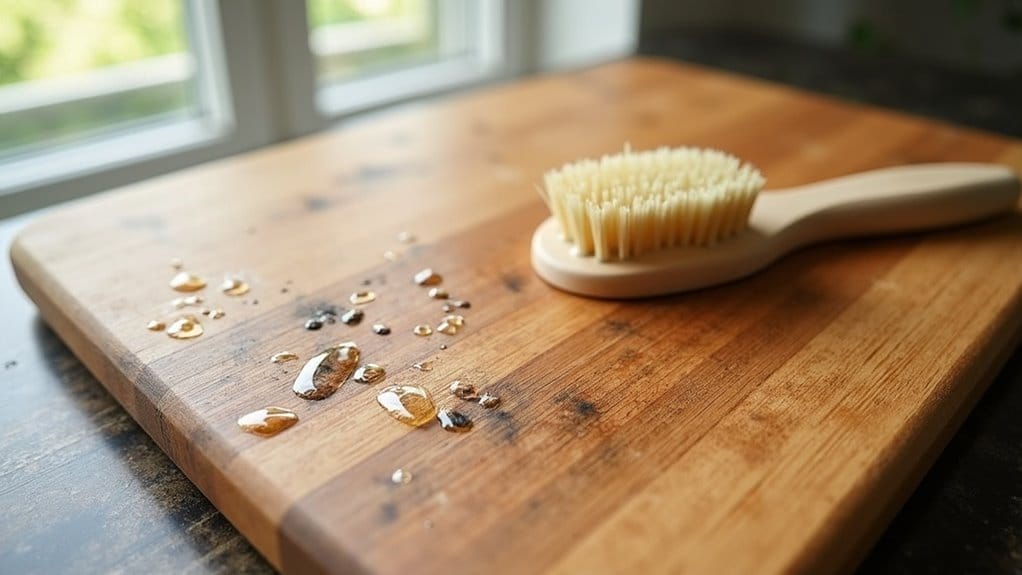
Keeping your wooden cutting board mold-free requires a consistent routine of cleaning with warm soapy water after each use and thorough drying in a well-ventilated space.
You’ll need to protect your board’s surface by applying food-grade mineral oil every few weeks, which creates a protective barrier against moisture and prevents the wood from developing cracks where mold can grow.
Store your cutting board vertically or on its side to promote air circulation, and inspect it regularly for any early signs of mold or discoloration that require immediate attention.
Proper Cleaning and Disinfection Practices
To maintain a mold-free wooden cutting board, proper cleaning and disinfection must become part of your regular kitchen routine.
Follow these essential disinfecting practices to guarantee your board remains safe and hygienic:
- Wash your board immediately after use with warm water and mild dish soap, scrubbing thoroughly to remove food particles.
- Dry the surface completely with a clean towel, then allow it to air dry in a well-ventilated space.
Best Storage Practices for Wooden Cutting Boards
Proper storage of your wooden cutting board plays a critical role in preventing unwanted mold growth and extending its lifespan.
To maintain your board’s integrity, make certain it’s completely dry before storing. Position it vertically in a well-ventilated dish rack overnight, allowing ideal airflow around all surfaces.
If you’re using kitchen shelving, opt for open designs rather than enclosed cabinets to promote air circulation and reduce moisture accumulation.
Never stack your cutting board with other items, as this can trap dampness. Instead, store it either flat or upright in a dry environment.
Avoid placing your board in areas prone to humidity or mustiness, where mold can easily develop.
Regular Maintenance to Keep Mold at Bay
While proper storage practices form the foundation of cutting board care, regular preventive maintenance keep your board clean for a long time.
To prevent mold through consistent maintenance:
- Clean your board after each use with warm, soapy water, immediately wiping it dry to eliminate moisture that breeds mold.
- Apply food-grade mineral oil monthly, ensuring complete coverage to create a protective barrier against moisture infiltration.
- Sanitize weekly using a 1:4 vinegar-water solution, spraying the surface thoroughly and allowing it to air dry completely.
These systematic maintenance steps create an inhospitable environment for mold while preserving your cutting board’s integrity.
Frequently Asked Questions
Why do cutting boards have a special place in kitchen hygiene?
Cutting boards have a special place in kitchen hygiene because they are often used for food preparation, making them susceptible to bacteria and mold growth. Regular cleaning and maintenance are essential to ensure food safety and prevent cross-contamination.
How Do You Get Rid of Mold Without Damaging Wood?
You’ll need to combine white vinegar with water (1:4 ratio) and spray it on affected areas. Let it sit for an hour, then scrub gently. For stubborn spots, use coarse sea salt with lemon to exfoliate.
Can I soak my cutting board in water to clean it?
No, you should avoid soaking your cutting board, especially if it is made of wood. Instead, clean it with a damp cloth and allow the board to air dry to prevent moisture from being absorbed, which can lead to warping or further mold growth.
How to Remove Black Stains From Wood Cutting Board?
First, scrub the black spots with salt and lemon juice. If they persist, sand the area gently with fine-grit sandpaper. Apply a vinegar-water solution, then condition with mineral oil once clean.
Conclusion
You’ll find that maintaining a mold-free cutting board requires consistent preventive care and proper cleaning techniques. By following the outlined methods using vinegar solutions, lemon-salt scrubs, and mineral oil conditioning, you’re ensuring a safe food preparation surface. Remember to address mold immediately when spotted, as prolonged exposure poses health risks. Implement regular drying practices and proper storage to prevent future mold occurrence on your wooden cutting board.





